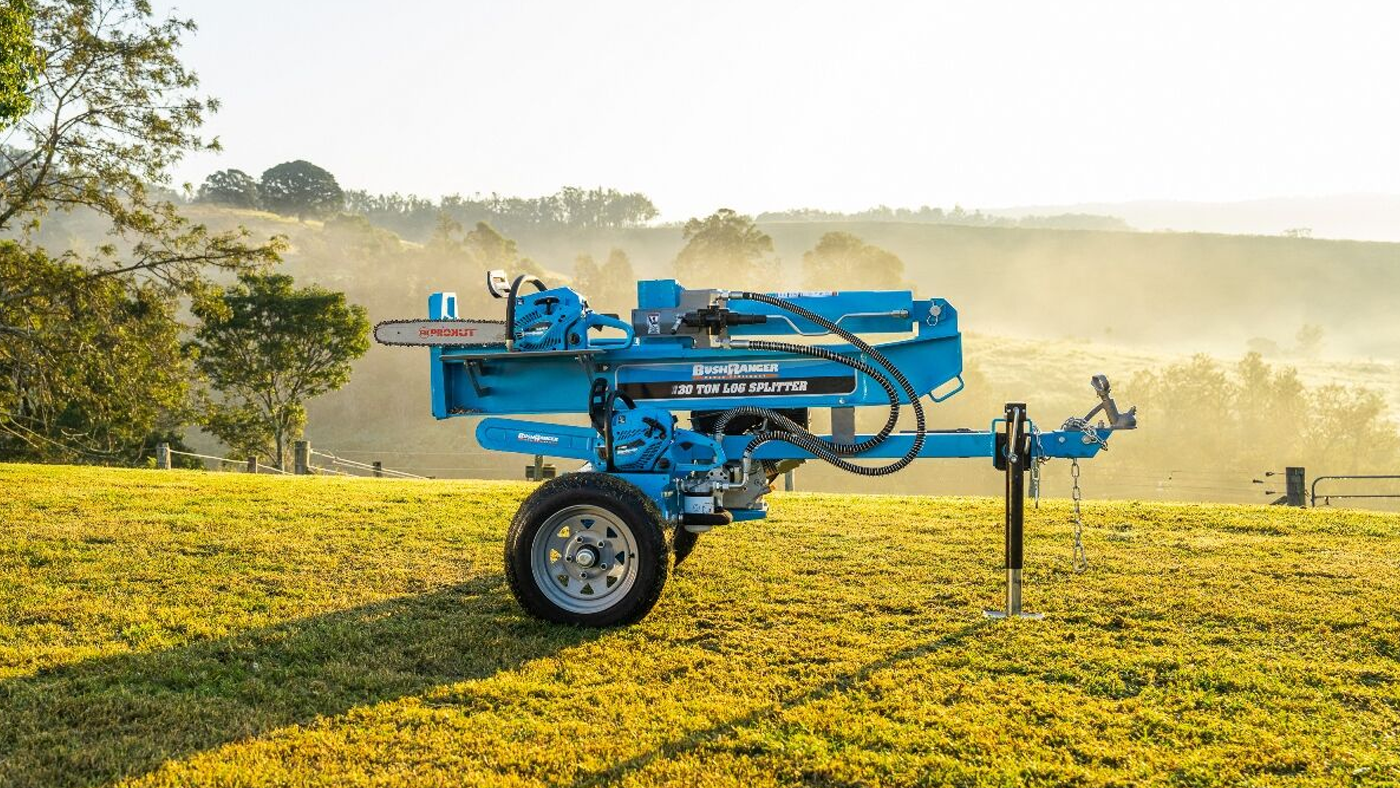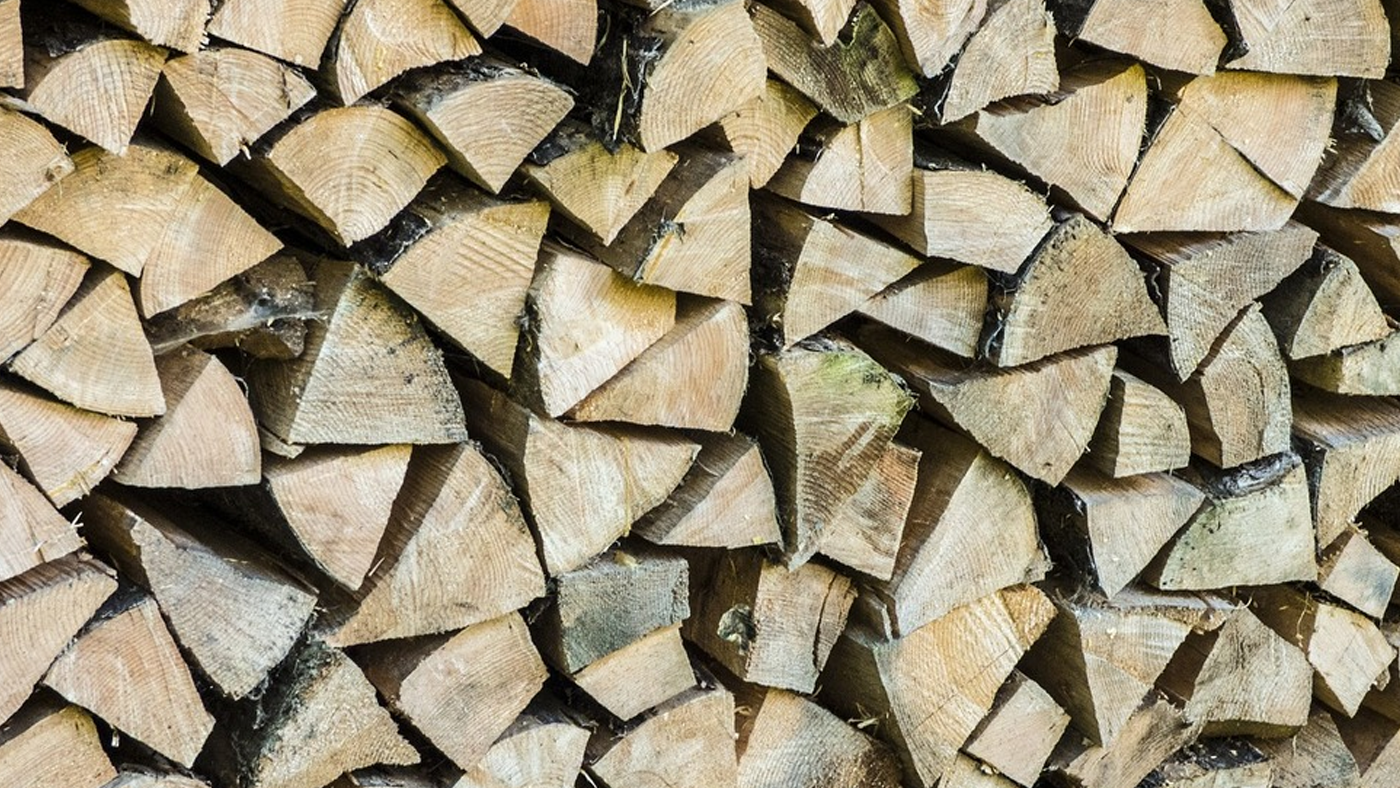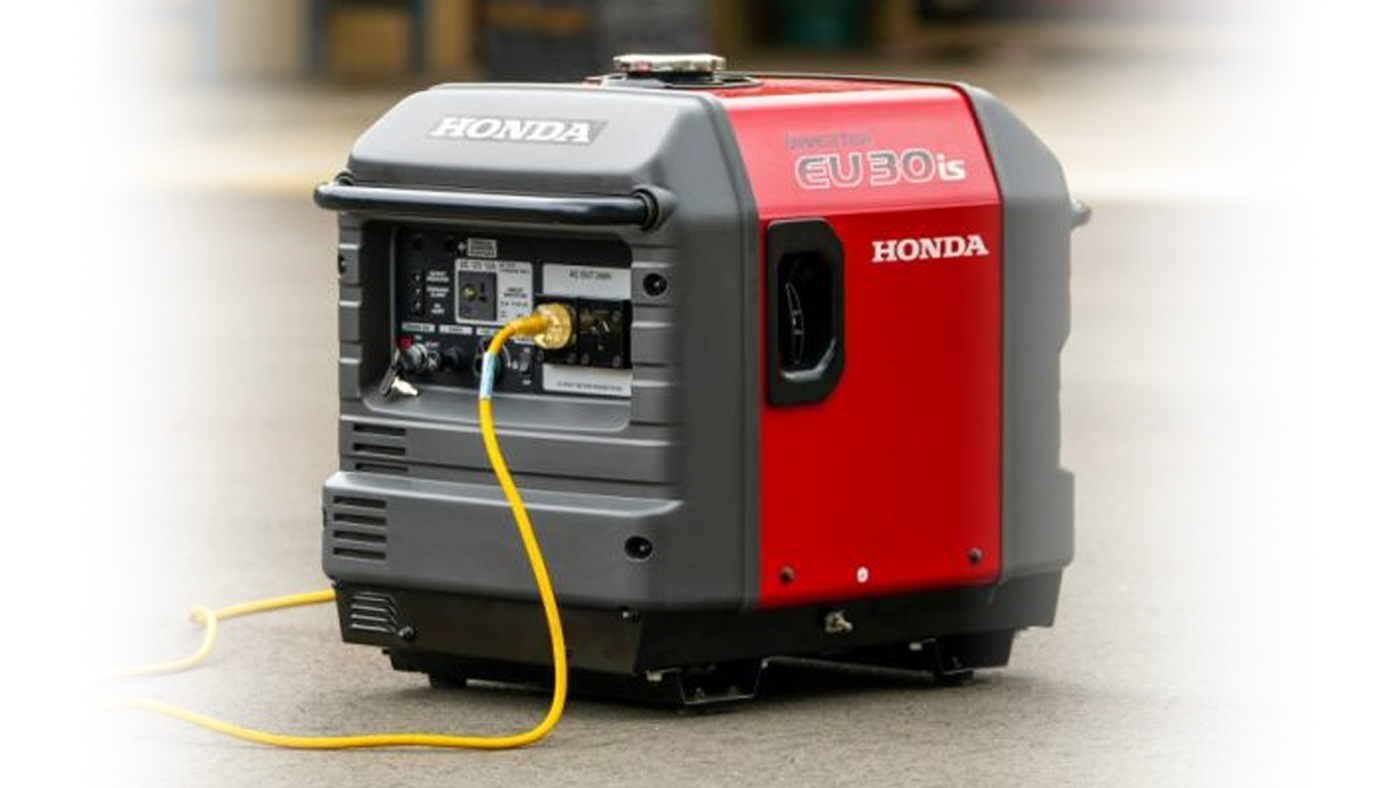Australia’s diverse landscapes and abundant natural resources make it a haven for outdoor enthusiasts and those who love the rural lifestyle. One essential tool for anyone dealing with large quantities of wood, whether for heating, construction, or other uses, is a log splitter. Among the various capacities available, the 30-ton log splitter stands out as a powerful and efficient choice for heavy-duty wood splitting tasks.
Why Choose a 30-Ton Log Splitter?
A 30-ton log splitter is a robust machine designed to handle large and tough logs that smaller machines might struggle with. This capacity is ideal for those who need to split hardwoods like eucalyptus or ironbark, common in many parts of Australia. Here’s why a 30-ton log splitter might be the perfect fit for your needs:
1. Power and Efficiency: With 30 tons of splitting force, these machines can easily handle large, dense logs. This level of power ensures that even the toughest wood is split quickly and efficiently, saving you time and effort.
2. Versatility: These log splitters are versatile, capable of handling a variety of wood types and sizes. Whether you’re dealing with freshly cut green wood or seasoned logs, a 30-ton splitter can manage it all.
3. Durability: Built to last, these machines are typically constructed with high-quality materials and robust engineering. This durability is essential for the demanding Australian conditions, ensuring your splitter remains a reliable tool for years.
Key Features to Look For
When selecting a 30-ton log splitter, consider the following features to ensure you get the most out of your investment:
1. Cycle Time: A shorter cycle time means faster operation, allowing you to split more wood in less time. Look for a splitter with an efficient cycle time to enhance productivity.
2. Hydraulic System: A reliable hydraulic system is crucial for the splitter’s performance. Ensure the machine has a high-quality hydraulic pump and cylinder to handle the pressure and provide consistent power.
3. Portability: Although these splitters are heavy-duty, portability can be a significant factor. Look for models with sturdy wheels and handles for easier movement around your property.
4. Safety Features: Safety should always be a priority. Features like automatic ram return, safety guards, and two-handed operation controls can prevent accidents and ensure safe usage.
5. Ease of Maintenance: Regular maintenance is necessary to keep your log splitter in top condition. Choose a model with accessible components and easy-to-follow maintenance procedures.
Tips for Using a 30-Ton Log Splitter
To get the best performance and longevity from your 30-ton log splitter, follow these tips:
1. Prepare Your Logs: Remove any dirt, stones, or debris from the logs before splitting. This practice prevents damage to the splitter and ensures smoother operation.
2. Regular Maintenance: Keep the hydraulic fluid at the recommended level, check for leaks, and inspect the moving parts regularly. Regular maintenance will help avoid breakdowns and extend the machine’s lifespan.
3. Follow Safety Guidelines: Always wear protective gear, including gloves and safety glasses. Ensure the machine is on stable ground and follow the manufacturer’s safety instructions carefully.
4. Efficient Splitting: Position the logs correctly on the splitter to avoid jamming. Split the wood along its natural grain whenever possible for easier and more efficient splitting.
A 30-ton log splitter is a valuable tool for anyone dealing with large quantities of wood in Australia. Its power, efficiency, and durability make it a worthwhile investment for heavy-duty wood splitting tasks. By considering the key features and following proper usage and maintenance tips, you can ensure your log splitter remains a reliable companion for all your wood-splitting needs.
Whether you’re preparing firewood for the winter or managing a rural property, a 30-ton log splitter can make the task significantly easier and more efficient. Embrace the power and convenience of this mighty machine and take the hard work out of splitting logs.



































